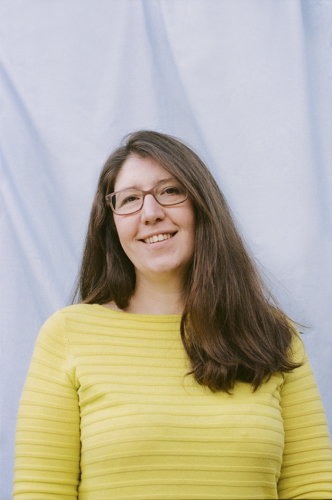Emerging areas
Defined by our second cohort of Programme Directors, following a collaborative and intensive discovery process these areas will be developed into opportunity spaces

Collective Intelligence Engine
Programme Director: Nicole Wheeler
The world’s most important discoveries are buried in millions of disconnected papers. What if AI could map every scientific argument — instantly revealing breakthroughs, contradictions, and gaps? By building a living knowledge engine to connect ideas across disciplines, we can unlock faster cures, smarter policies, and trillion-pound innovations.
-
How can AI extract, verify, and connect scientific claims across disciplines to uncover hidden connections, illuminate disagreement, and accelerate discovery?
-
How does turning fragmented research into structured, living intelligence reshape how society trusts, funds, and applies scientific knowledge?
-
How can AI, linguistics, epistemology, data visualisation and network science combine to make science more transparent, accessible, and actionable?

Extending Our Perception
Programme Director: Claire Donoghue
Our AI models excel where they mimic human senses and cognition. What if we break free of that limitation? AI that transcends human sensory perception could unlock discoveries beyond our reach and new capabilities like detecting diseases before symptoms or advancing sustainable food production.
-
Can we sense and predict things previously impossible for humans by creating AI systems capable of fusing diverse sensory data to yield insights from cutting edge sensors or capabilities inspired by other species?
-
What if we could transform sensory perception for health; predict chronic conditions early, enabling tailored interventions for more healthy, productive years of life whilst reducing pressure on the NHS?
-
What valuable new sensors, data sets, and capabilities are waiting to be uncovered at the interface of AI, engineering, application domains (medicine, robotics, agriculture), business model innovations and design thinking?
Sign up for updates
Keep up-to-date on the progress of our existing and emerging opportunity spaces.
Live opportunity spaces
From thermodynamic computing to programmable plants, our PDs are shaping opportunities at the edge of the possible.
Programme Directors
Our Programme Directors are exceptional scientists and engineers with the curiosity to explore uncharted territory.
